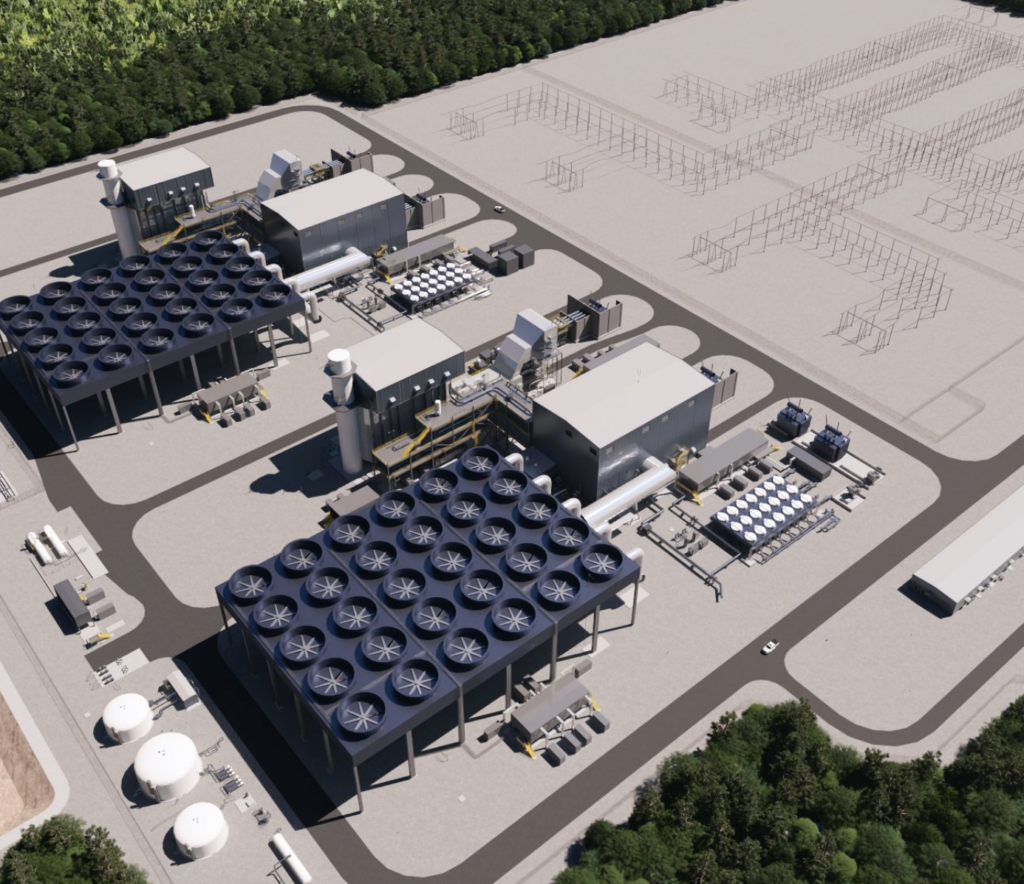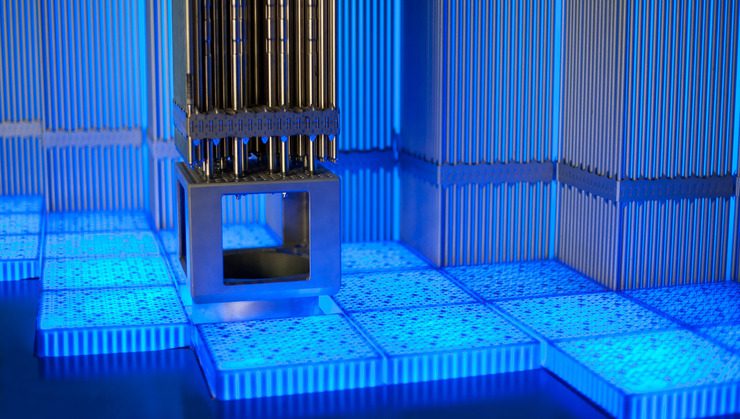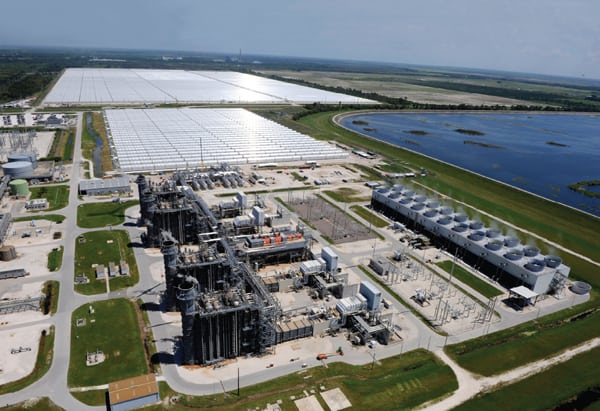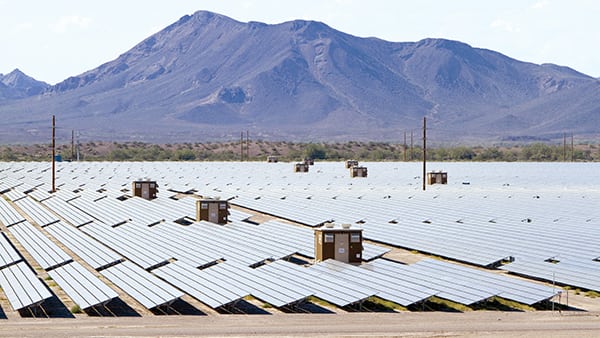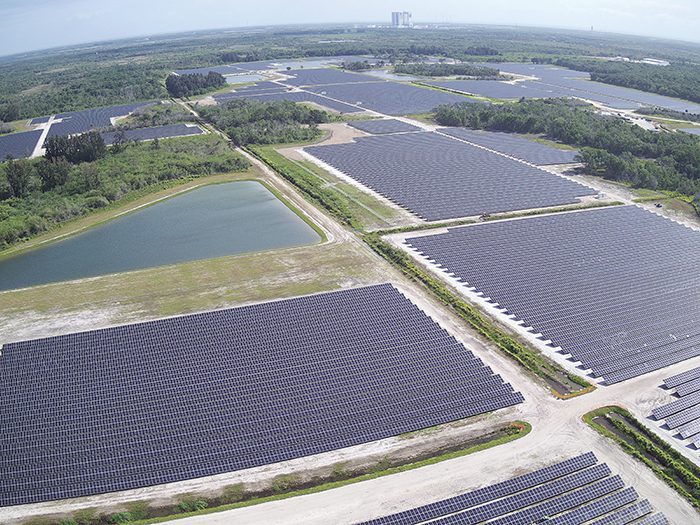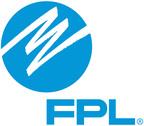Owner/operator: Florida Power & Light
The forecast is looking sunny for the 25-MW DeSoto Next Generation Solar Energy Center, which has more than 90,000 photovoltaic (PV) panels and is the largest solar PV plant in the U.S. Completed in October 2009, it is a sustainable energy solution with minimal maintenance costs. The site uses no fuel, consumes no cooling water, has no air emissions, and creates no waste products.
Florida has long been famous for sun, fun, and Mickey Mouse. Nicknamed “The Sunshine State,” Florida is now harvesting its abundant solar resource and converting it into clean electricity. The leading example of this new trend is the DeSoto Next Generation Solar Energy Center, which began construction in late 2008 and was completed in October 2009.
Built on 235 acres of land owned by Florida Power & Light (FPL), the facility consists of more than 90,000 solar panels. The solar center is located within a zone that represents the highest predicted solar radiation within Florida and is estimated to generate approximately 42,000 MWh annually—enough to serve about 3,000 homes.
Photovoltaic (PV) solar cell systems convert sunlight directly into electricity. PV modules consist of semiconducting material, such as silicon, that absorbs sunlight in a way that frees electrons from atoms. Electricity is produced as the electrons flow through the semiconducting material. Metal contacts on the top and bottom of the PV cell allow the current to be drawn off for external use. PV modules are typically combined into an array to generate electricity.
Overview of the Solar Energy Center
“Construction of the DeSoto facility demonstrates FPL’s continued innovation and leadership in renewable energy and represents a complete departure from other power generating facilities nationwide,” said Buck Martinez, senior director of project development at the FPL solar plant. “DeSoto uses solar panels on an unprecedented scale. The plant does not use chemicals, solvents, or lubricants, and provides power in a noise-free operation. This facility is low profile and visually appealing. Fully automated, it can be unmanned and monitored remotely for operation and performance. It requires minimal maintenance, yet has a high degree of reliability.”
At the DeSoto facility, the PV panels are mounted onto tracking devices that follow the path of the sun throughout the day to maximize energy output (Figure 1). The panels were manufactured by SunPower Corp. Panel output is backed by a 30-year manufacturer guarantee.
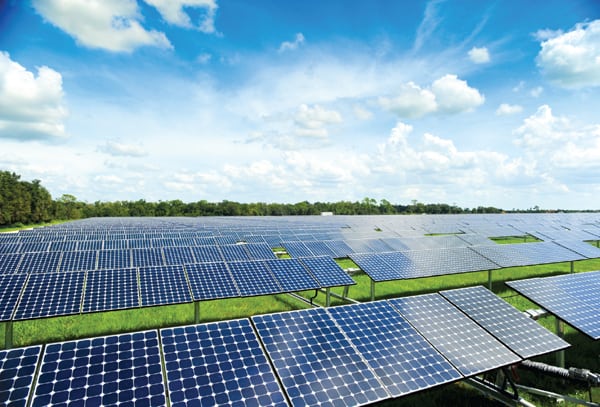 |
| 1. Carpeted with PV. These are just a few of the 90,000 PV panels that compose the DeSoto Next Generation Solar Energy Center. Courtesy: FPL |
Panel pricing has dropped considerably in the past year and continues to decline as manufacturing capacity increases, Martinez said.
Martinez told POWER that the facility’s management is working on developing procedures and processes to optimize equipment reliability and plant power output. For example, they have added software applications to the plant’s data monitoring system, which automatically sends email alerts for any abnormal operating condition. This allows for rapid response to equipment issues, minimizing possible plant down time. In addition, they recently made a design change to the inverter containers’ ventilation system to reduce operating temperatures and prevent power limiting on very hot days.
The DeSoto project has all of the required permits necessary to add an incremental 49 MW (AC) at the site, according to Martinez. Construction of this second phase can begin as soon as legislative and regulatory approvals are in place. With new legislation similar to what was passed in 2008, or a requirement that utilities gradually increase the amount of electricity they generate from renewable sources, the next 49 MW could be built in about one year.
Additional permit applications have been filed for a third phase, which would consist of an incremental 226 MW to be built at the site for a grand total of 300 MW. Permits for this phase are expected in 2011. This third and final phase requires the same legislative and regulatory approvals as the second phase. Construction of this final phase would follow Phase 2 and would take several years to complete.
Financing and PV Power Costs
“The total project cost was approximately $152 million,” Martinez said. “This facility was funded in a way to maintain FPL’s current strong financial position. Specifically, the facility was funded with approximately 55% equity and 45% debt. FPL raises debt financing through the issuance of first mortgage bonds. As a regulated utility, FPL is allowed a return on investment up to the rate approved by the Florida Public Service Commission.”
The project qualified for a federal stimulus grant through the U.S. Treasury under Section 1603 of the American Reinvestment and Recovery Act. Once the plant became operational, FPL received a payment from the federal government for approximately $44 million.
Martinez explained how the cost of electricity per kilowatt-hour produced by solar energy plants compares to the cost of electricity generated by other forms of electrical generation.
“The cost of producing energy from the current solar projects is about 31 cents per kWh, but these costs are expected to soon decline to about 21 cents/kWh,” he said. “These costs compare to the costs of producing energy from a natural gas–fired combined-cycle unit of about 15 cents/kWh. Although the cost to produce solar energy is higher than traditional forms of electric generation, it is important to remember that the fuel in a solar project is free over the entire life of the facility, and the plant also does not require water and does not produce waste.”
Project Challenges
Construction of the DeSoto solar facility presented several challenges due to its scale and the number of interlocking construction tasks involved, the regulatory environment, and environmental requirements, according to Martinez. Because a solar project of this magnitude had never before been attempted anywhere in the U.S., the construction challenges were many and varied:
- GPS-guided earthmovers helped clear and grade much of the 235-acre site.
- More than 90,000 solar panels were trucked in on a just-in-time basis.
- Some 23,000 piers—each more than 30 feet long—had to be driven and aligned at the proper depth to serve as the backbone of this highly integrated system.
- Because each movement of raw material increased the risk of breakage, safety incidents, and schedule and cost impacts, multiple receipt points were established.
- Even the number of bolt turns and how many “touches” were made to waste products was carefully managed to control their impact on both schedule and cost.
On the environmental front, the company elected to work around wetlands, a decision that required additional construction management activity. It also relocated dozens of gopher tortoises.
“Another challenge related to this project was obtaining regulatory approval for construction,” he said. “FPL is a regulated utility, and because Florida does not have a state-mandated renewable portfolio standard, special legislation was needed before FPL could move forward with construction of this project. Fortunately, in July 2008, Florida enacted legislation that encouraged development of zero-emissions renewable technologies. FPL took swift action, and by December 2008 obtained the necessary approvals to construct this project.”
On the Horizon
Martinez described the future role that he anticipates solar energy will play in generating electricity in the U.S. He commented that the future impact of solar energy is really contingent on public policy, both at the federal and state levels. Once supportive legislation is passed, each state will have to determine the strength of its solar resource and how renewable energy will best fit into its future energy plans.
“Here in the Sunshine State, we are fortunate to have an abundance of solar resources, and FPL is very interested in growing our solar portfolio,” he said. “In fact, we have already identified potential sites where more than an additional 500 MW of solar power could be built quickly for an average cost of less than $1 a month on the typical residential customer’s monthly bill for construction and operation over the life of the projects. Once the right legislation is in place, we could move forward on these projects quickly, bringing thousands of new jobs to Florida and helping to create a clean energy economy here in our state.”
The solar industry is growing, but the majority of power is currently generated through fossil fuels. At FPL, the fuel mix is primarily natural gas and nuclear, but the utility will have 110 MW of solar power online by the end of 2010, according to Martinez.
“That will make Florida the No. 2 producer of commercial-scale solar power in the nation, and we are very interested in building more once the right legislative and regulatory framework is in place in Florida,” he said.
— Angela Neville, JD, is senior editor of POWER.


